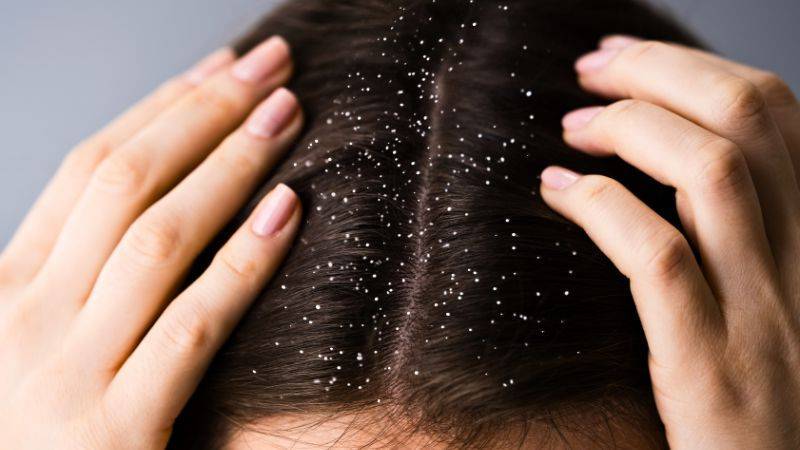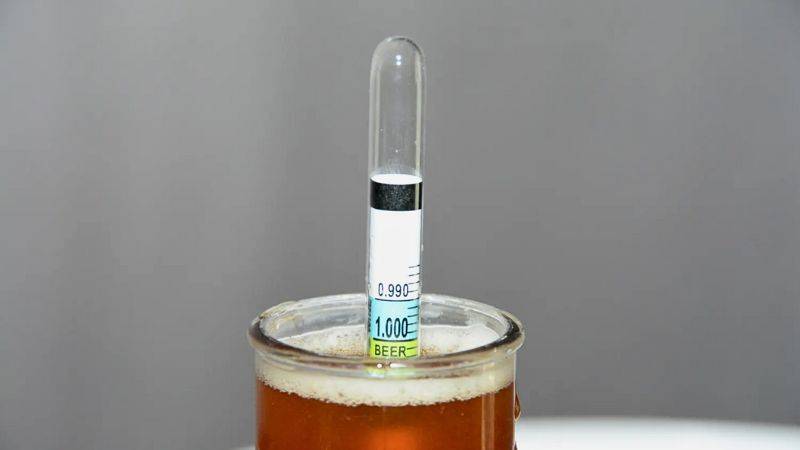“Healthy Food: Nourish Your Body, Junk Food: Nourish Your Cravings!”
Overview
People always love to eat luscious, yummy, and delicious food without a thought of healthy and unhealthiness behind it.
A variety of junk food belonging to global cuisine like cheese, deep-fried, sweetness-loaded delicacies, etc. has crept into our daily diet plan in the last couple of decades.
If we talk about taste, Junk food always wins the race whereas, in the mindful eater’s opinion, Healthy and Nutritious food is tastier too.
Let us have a closer look between healthy food and junk food, and how to make the best choices for your health.
What is Junk Food
Many of us are crazy to eat burgers, Pizza, Maggi, Candy, Potato chips, Noodles, Samosa, Donuts, etc. Such foods are awesome in taste but they have no nutritional value and lead to childhood obesity and many chronic diseases.  These food are processed to such an extent that they lose their essential nutrients, fiber, and minerals.
These food are processed to such an extent that they lose their essential nutrients, fiber, and minerals.
All these processed foods are called Junk Food. They are mostly available easily and ready to eat but healthy wise they make you dumb.
Contrast between Healthy Food and Junk Food
Healthy food and junk food are two distinct types of food that have different effects on our bodies. While healthy food is beneficial for our health, junk food can be detrimental.
So what is the difference between the two?
Healthy food is typically made up of natural ingredients that are rich in vitamins, minerals, and other essential nutrients. It is usually low in calories, fat, and sugar, and is often high in fiber.
Consuming healthy food can help to improve our overall health, boost our energy levels, and reduce the risk of developing chronic diseases.
Junk food is typically made up of processed ingredients that are high in calories, fat, and sugar, and low in essential nutrients.
Eating junk food can lead to weight gain, increased risk of developing chronic diseases, and decreased energy levels.
How to Make Healthy Food Choices on a Budget
Eating healthy on a budget can seem like a daunting task, but it doesn’t have to be! With a few simple tips and tricks, you can make healthy food choices without breaking the bank.
Here’s how:
First, make a list of the items on your pantry and meal plan. This will help you determine what types of foods are payable to your goals.
1. Shop in season. Eating seasonally is one of the best ways to save money on healthy food. Not only are seasonal fruits and vegetables more affordable, but they also tend to be more flavorful and nutrient-dense.
2. Buy in bulk. Buying in bulk is a great way to save money on healthy staples like grains, nuts, and legumes. Look for bulk bins at your local grocery store or shop at a warehouse store.
3. Buy frozen. Frozen fruits and vegetables are just as nutritious as their fresh counterparts, and they tend to be much more affordable. Plus, they last longer, so you don’t have to worry about them going bad before you can use them.
4. Plan ahead. Planning your meals ahead of time can help you save money by preventing food waste and ensuring that you only buy what you need. Make a grocery list and stick to it!
5. Use an online grocery store deals search engine to find discount rates for healthy food items.  Eating healthy on a budget is possible with a little bit of planning and creativity. With these tips, you can make healthy food choices without breaking the bank.
Eating healthy on a budget is possible with a little bit of planning and creativity. With these tips, you can make healthy food choices without breaking the bank.
The Benefits of Right Food Choices
Have you ever wondered about the benefits of eating healthy food over eating junk food?
While it may seem like an obvious choice to make, there are many benefits to eating healthy food that you may not be aware of.
What to include in your meals? When it comes to nutrition, healthy food is the clear winner. Eating a balanced diet of fruits, vegetables, whole grains, and lean proteins provides your body with essential vitamins, minerals, and other nutrients that are necessary for optimal health.
When it comes to nutrition, healthy food is the clear winner. Eating a balanced diet of fruits, vegetables, whole grains, and lean proteins provides your body with essential vitamins, minerals, and other nutrients that are necessary for optimal health.
Including healthy food in your diet can help reduce your risk of developing chronic diseases such as heart disease, diabetes, and cancer.
It can also help you maintain a healthy weight and provide you with more energy throughout the day.
On the other hand, junk food is often high in calories, fat, and sugar, and low in essential nutrients. Eating too much junk food can lead to weight gain, increased risk of chronic diseases, and a decrease in energy levels.
Additionally, junk food can be addictive and can lead to unhealthy eating habits.
When it comes to convenience, junk food is often the easier option. Fast food restaurants and convenience stores are everywhere and growing day by day, making it easy to grab a quick snack on the go.
However, with a little bit of planning, you can make healthy food just as convenient. Preparing meals ahead of time and packing healthy snacks can help you stay on track with your nutrition goals.
In conclusion, eating healthy food has many benefits that can help you maintain a healthy lifestyle. While junk food may be convenient,
Remember that it can have negative effects on your health. By making healthy food choices, you can enjoy the benefits of improved nutrition and better overall health.
Impact of Eating Healthy Food vs. Junk Food on Your Health
It’s no secret that what we eat has a direct effect on our physical and mental well-being. But what are the differences between eating healthy food and junk food? Let’s take a closer look at the impact of each on your health.
Let’s take a closer look at the impact of each on your health.
When it comes to healthy food, the benefits are numerous. Eating a balanced diet of fruits, vegetables, whole grains, and lean proteins can help you maintain a healthy weight, reduce your risk of chronic diseases, and provide essential vitamins and minerals.
Eating healthy can also boost your energy levels, improve your mood, and help you stay focused.
Junk food is often high in calories, fat, sugar, and salt. Eating too much of it can lead to weight gain, high cholesterol, and an increased risk of developing diabetes and heart disease. It can also cause fatigue, mood swings, and difficulty concentrating.
The bottom line is that eating healthy food is essential for maintaining good health. It can help you stay energized, reduce your risk of chronic diseases, and improve your overall well-being.
On the other hand, eating too much junk food can have serious consequences for your health. So, if you want to stay healthy, make sure you’re eating a balanced diet of nutritious foods.
How to Incorporate Healthy Food into Your Diet Without Sacrificing Taste
Are you looking to incorporate healthy food into your diet without sacrificing taste? If so, you’re in luck!
There are plenty of ways to make healthy food choices that are both delicious and nutritious. Here are a few tips to get you started:
1. Choose whole grains over refined grains. Whole grains are packed with fiber, vitamins, and minerals, while refined grains are stripped of these important nutrients. Try swapping out white bread for whole wheat, or white rice for brown rice.
2. Add more fruits and vegetables to your meals. Fruits and vegetables are packed with vitamins, minerals, and antioxidants that are essential for good health. Try adding a side of steamed broccoli or a salad to your meals.
3. Opt for lean proteins. Lean proteins such as chicken, fish, and beans are a great source of protein and are lower in saturated fat than other proteins such as red meat.
4. Use healthy fats. Healthy fats such as olive oil, nuts, and avocados are a great way to add flavor and texture to your meals.
5. Experiment with herbs and spices. Herbs and spices are a great way to add flavor to your meals without adding extra calories. Try adding some fresh herbs to your salads or using spices to flavor your proteins.
By following these tips, you can easily incorporate healthy food into your diet without sacrificing taste.
With a little creativity and experimentation, you can create delicious and nutritious meals that will keep you feeling your best.
A Flavorful Healthy Recipe
Are you excited about a tasty and healthy recipe?
Why not try a delicious Quinoa and Black bean Salad? It’s a great way to get your daily dose of protein and fiber, and it’s surprisingly easy to make in just 15 minutes with these ingredients:
It’s a great way to get your daily dose of protein and fiber, and it’s surprisingly easy to make in just 15 minutes with these ingredients:
- 1 cup quinoa (uncooked)
- 1/4 cup black beans (drained and rinsed)
- 1 ½ cups English cucumber, quartered and sliced
- 1 bell pepper, small dice (red, yellow, or orange)
- 1 cup carrot, small dice (about 2 medium)
The quinoa is cooked in a flavorful broth, then combined with black beans, carrot, pepper, and a zesty lime dressing. The result is a light and refreshing salad that’s sure to satisfy.
For a heartier meal, try this quinoa and black bean salad with grilled chicken. The smoky flavor of the chicken pairs perfectly with the nutty quinoa and the zesty lime dressing.
The black beans add a hearty texture, and the veggies add a pop of color. This dish is sure to become a family favorite.
No matter which version you choose, this quinoa and black bean salad are sure to be a hit. It’s a great way to get your daily dose of protein and fiber, and it’s surprisingly easy to make. So why not give it a try? You won’t be disappointed.






